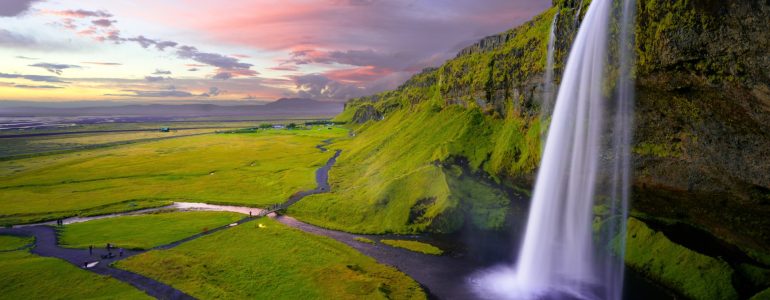Often it is easy to forget that we must first appreciate a landscape scene before moving on to actually photographing it. Sometimes, in that eagerness to capture a fleeting moment, to satisfy that urge to own an image and the gratification that comes from sharing it on social media before anybody else does, that special moment of seeing something for the first time is lost forever. True, a landscape photographer has a responsibility to capture what he sees and save it for those who are not so fortunate to be in that same place and moment in time. But he also owes it to himself, to savor that moment and preserve it with the greatest camera of all, his eyes. Landscape photography has been rightly described as the “supreme test as” well as the “supreme disappointment”. It could not have been put any better.
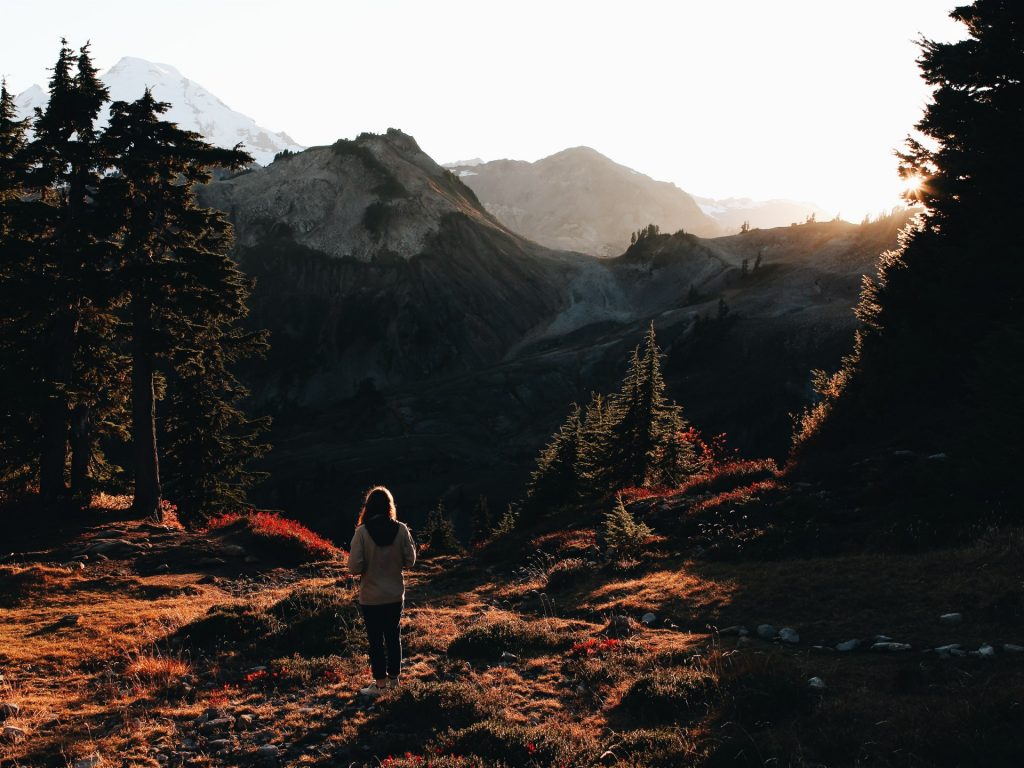
Pack the right Gear
It’s a myth that you need expensive equipment to make great landscape photos. Any camera will do, as long as you ae able to adjust the aperture and shutter speed of your camera manually. I would go the distance to add two more items on that list of requirements. First – you need the ability to mount your camera to a tripod and the second – you need the ability to use filters. If you have a camera that checks all the boxes, you are good to go.
Watch out for the Light
A profound understanding of light is a prerequisite to shoot good landscape photos. Nowhere is it more significant than in landscape photography. You couldn’t possibly light up a mountain side with a strobe. Neither can you illuminate a valley with a flash. As a result, you will have to learn how to work with natural light. You will need to understand how natural light tend to change over the course of the day and how to utilize that light in order to make great images.
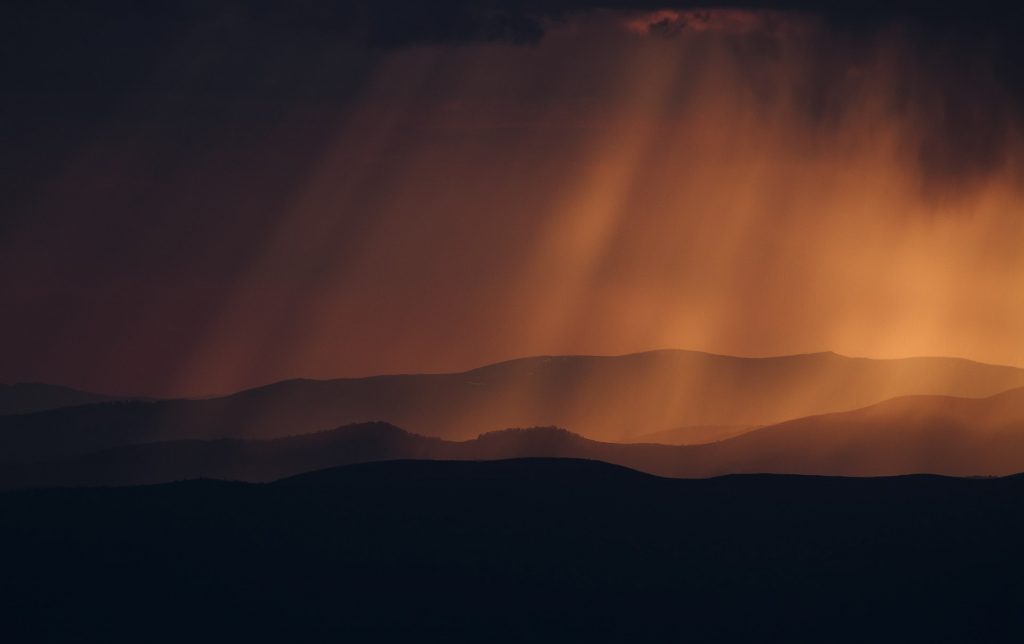
For example, early morning and late afternoon light is soft and has a golden hue. This light is preferred by landscape photographers around the world for its ability to beautifully render a scene. But it lasts only for about an hour or less. Photographers call this short window the golden hour.
Scout the location
I began this discussion stating that the photographer owes it to him / herself first to savor a moment. This directly leads to the next topic – the importance of scouting a location. Having arrived at a location for the first time, a photographer cannot possibly say for sure, which are the best vantage points for good photos. Even if s/he has done a bit of homework, there is nothing like doing a first-hand survey of the area upon arrival.
S/he needs to answer basic questions like – which way is East and which way is West? Which are the best places to shoot from? Is there a position that has not been utilized for photography before; even if the place in question is extremely popular? And the not so basic questions – How both light and shadow are going to play their part when you come back later to photograph? I know some of these are pretty tall asks. For example, it is difficult to find a new vantage point, especially for locations which are very popular. But it is always possible to bring in something new in your images if you are determined enough.
Composition is your friend
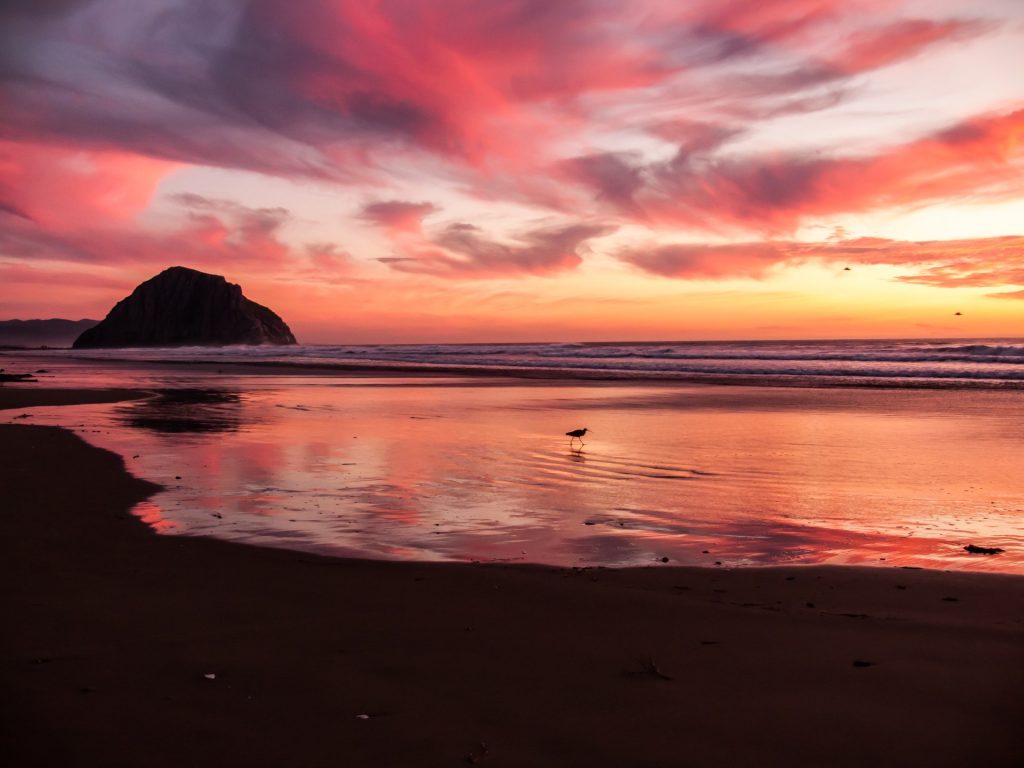
You cannot overemphasize the importance of composition in your images. Composition entails arranging the elements inside a frame so that the final image makes sense to the viewer. A lot of times a beginner photographer captures too much in a scene. Resultantly, the final image becomes too cluttered. The solution is in composing the image in a way so that it is easier to comprehend.
Good composition is in understanding how to arrange the elements in a frame so that the what to keep in the frame and what to leave outside of it. Good composition is also in understanding how to use the elements in a scene to conform to the rules of good composition. A simple way to ensure that is to know how much to leave inside the frame and how much to leave out. Another way to ensure that is by using the Rule of Thirds. Leading lines is yet another rule that gives depth to your images. You can also play around with the camera angles to produce depth and dimension in your images.
Don’t get too bogged down by the rules
There are so many rules of photography that at times it feels kind of stifling. Leave all the rules aside. The rules are just guidelines. What’s more important is what your vision is. As the legendary Ansel Adams had said, “There are no rules for good photographs, there are only good photographs.” No matter what the rules say trust your eyes to see an image instead of trusting the rules all the time.
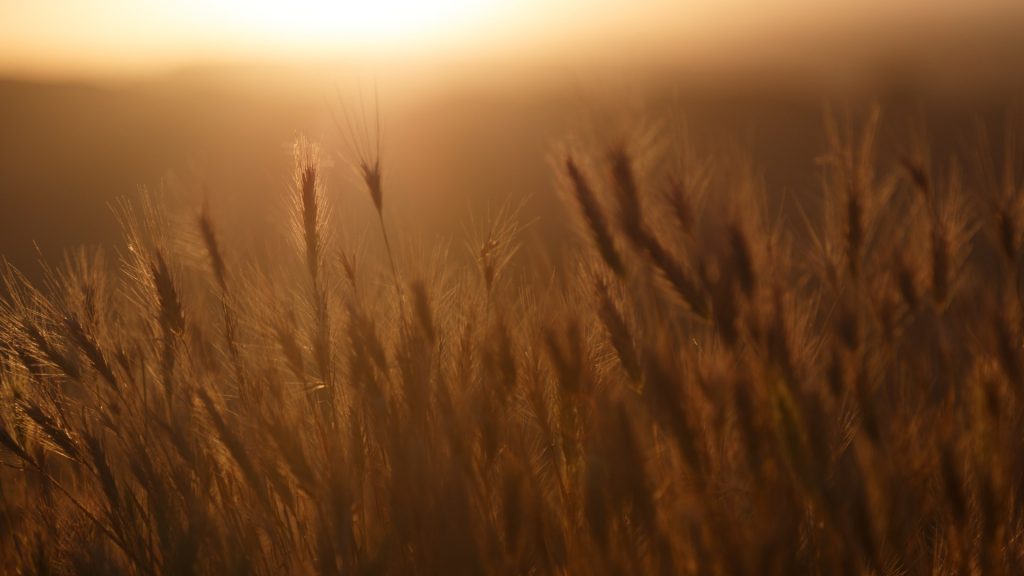
So how do trust your eyes? That comes from a good understanding of the language of photography. Of yes! Photography is a language. It’s just that it does not have letters or words and there are no phonetics. But the language flourishes just the same using visual forms. You have to understand this language by looking at photographs taken by other photographers.
There are plenty of places where you can look at good photos. Exhibitions at your local gallery is a good starting point. You can look at images printed in photography magazines. You can also look at images published by the National Geographic magazine. Photo competitions conducted by various photo clubs are a good place as well. Plus you have the internet. The internet is a treasure-trove of resource and there are plenty of places where you can look for good images.
Rendering subjects on a two dimensional plane
The biggest challenge in photography is to render a three dimensional subject on a two dimensional medium. It is the most fundamental of problems and one that different photographers solve using a combination of different methods. They use depth of field, camera angle, leading lines and other techniques to achieve that.
Use special accessories
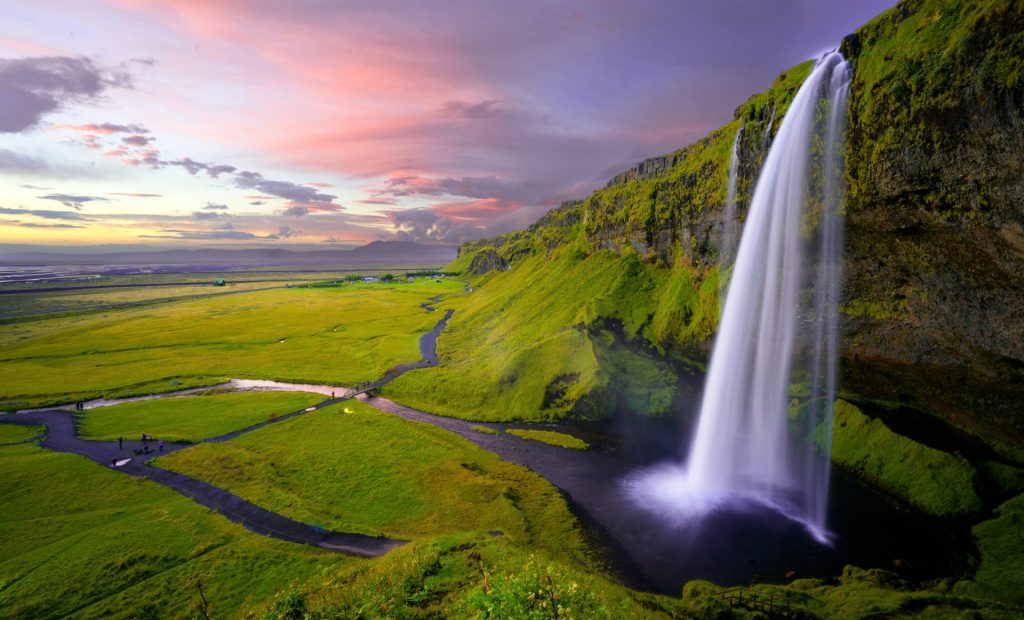
Among all the special accessories that are out there, my personal favorite is the neutral density filter. Certain treatment of the water and the cloud isn’t possible sans a ND filter. The job of the filter is to block out some light depending upon how strong the light stopping power of the filter is. They come in increments of one stop, two stop, three stops and more of light stopping power. These filters can make flowing water appear like a misty milky medium. These can make a busy street appear devoid of people. ND filters are a landscape photographer’s best friend. Along with an ND filter, you should also invest in a tripod and a cable release.

